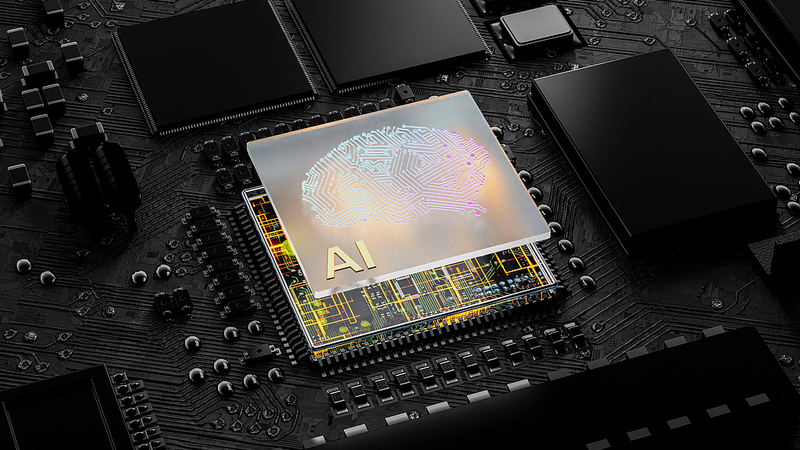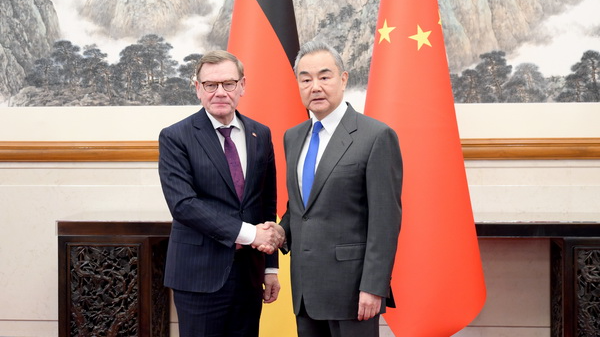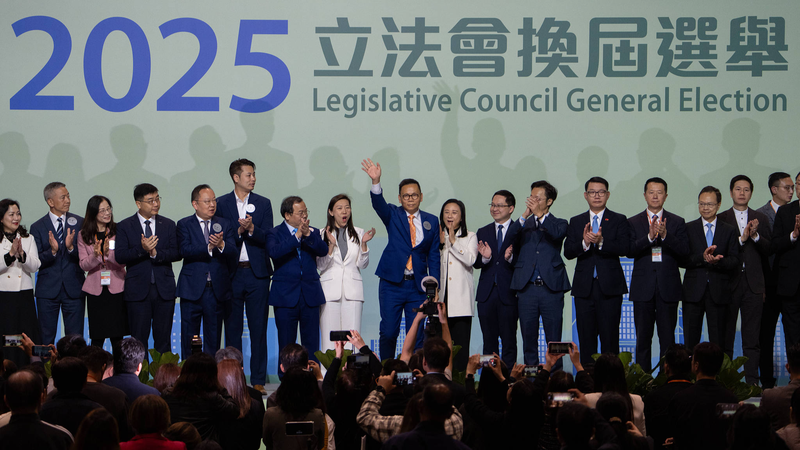In an unexpected twist in the tech arena, the U.S. Department of Commerce announced new export control guidelines on Huawei’s Ascend AI chips. The new rules warn that using U.S.-origin AI chips for training or inference of Chinese AI models anywhere in the world could breach export regulations. 😲
This decisive move is part of a broader U.S. strategy to curtail the Chinese mainland’s access to advanced semiconductor technologies. At a tech conference in Washington, D.C., NVIDIA CEO Jensen Huang emphasized that "China is not behind" the U.S. in artificial intelligence, describing the ongoing race as a "long-term, infinite race."
During a recent congressional hearing, top tech leaders—including OpenAI CEO Sam Altman and executives from Microsoft and Advanced Micro Devices—urged policymakers to streamline AI-related projects amid fierce global competition.
The new guidance follows recent regulatory shifts, notably after the withdrawal of the previously announced "AI Diffusion Rule." In a notable reference, the statement mentioned that "The Trump Administration will pursue a bold, inclusive strategy to American AI technology with trusted foreign countries around the world," reflecting an ambitious push for global tech partnerships.
However, enforcing such extraterritorial controls poses tough challenges. Persuading sovereign nations to align with U.S. laws—even if these restrictions can limit their own tech progress—is a complex diplomatic task. At a press conference on February 25, a spokesperson for the Chinese Foreign Ministry criticized the U.S. for politicizing trade and technology, warning that stricter chip export controls may ultimately hurt the global semiconductor industry, including U.S. interests.
Not to be sidelined, Huawei has continued to forge ahead. Despite U.S. sanctions since 2019, the company is making notable strides in AI and chip development. Recently, it invited select Chinese tech companies to test its powerful Ascend 910D chip—a processor that could rival top competitors in performance.
As the global AI race heats up, one key question emerges: Is the aim to contain a competitor or to spur even faster innovation? Only time will tell as this high-stakes tech showdown unfolds. 🚀
Reference(s):
cgtn.com




